Chaos on Sidewalks & Shared Trails: Top 5 Tips to Prevent Getting Killed When Walking, Jogging, and Cycling
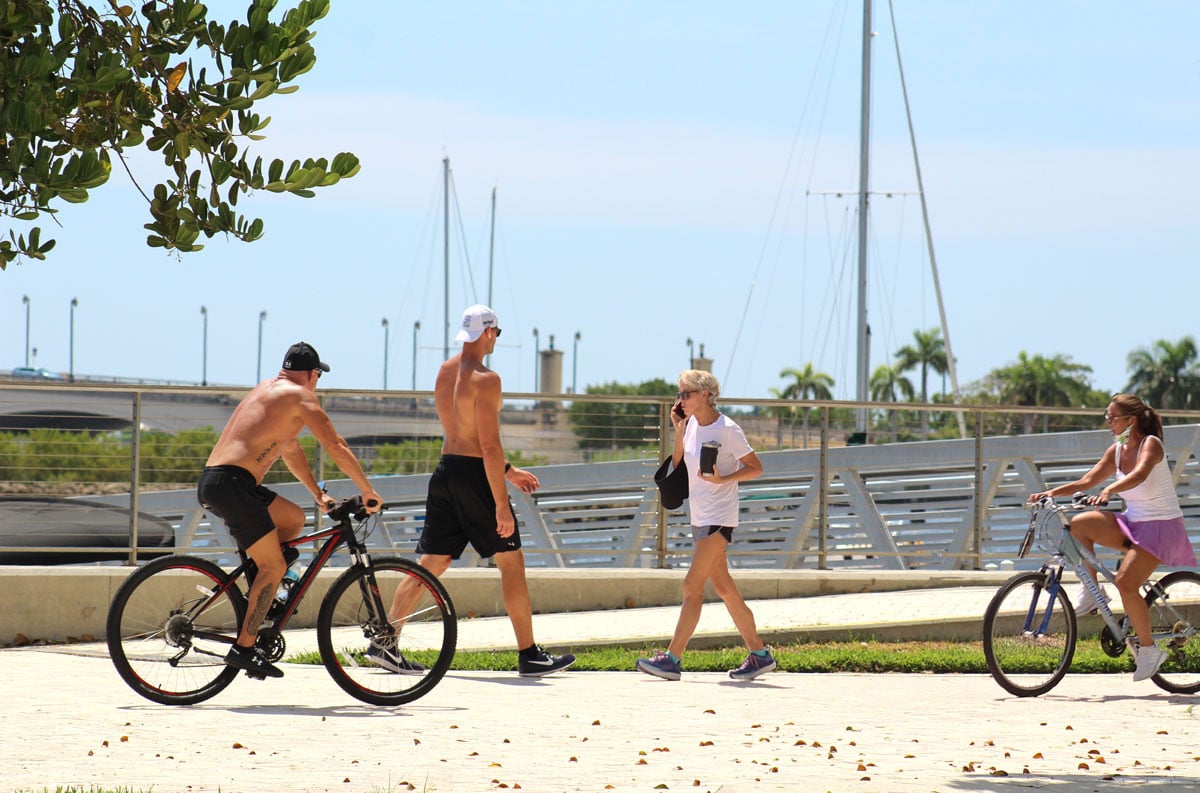
Bill Bone
While the heated debate over proper etiquette for walking, jogging, and casual cycling together on neighborhood streets and sidewalks is not new, the stakes are higher and more confusing in the age of COVID-19. People are actually out and about now, even more than they were before the coronavirus, and that makes being outdoors under your own power riskier.
I’ve sued insurance companies for over 30 years as a personal injury lawyer specializing in representing pedestrians and cyclists hit by cars (and sometimes by each other). I’ve seen some common mistakes and learned some ways to avoid accidents.
Golden Rule #1: Everybody needs to work together and think of the other users on sidewalks and shared trails. Having the “right of way” is something lawyers fight about in court but avoiding injuries and accidents should be everybody’s goal. In that regard, courtesy and common sense can make a difference. Do not assume you are safe because you have the right to be where you are. Practice being safe and staying safe.
Of course, in the age of Covid-19, you should avoid crowded trails; and keep at least 6 feet distance (about 2 arms’ length) from other people; and remember that you are required by the County to wear a mask.
But here are the Top 5 Tips you should also consider to make life safer and more pleasant for all:
- Stay right; pass left – Just like cars on the road. This rule applies to walkers, joggers, and cyclists on shared trails. If you are alone, stay as far to the right as possible so others can pass on your left. The absence of painted dividing lines on the sidewalk doesn’t mean you get to be in the middle.
- Travel single file – This applies to walkers, joggers, and cyclists. Yes, this makes a casual outing with your partner much less fun, but understand that 2 people walking, jogging, or riding side by side creates a roadblock for everyone else.
- Always signal – Preferably with your eyes and voice. If you are passing a slower-moving person because you are walking faster, or jogging or riding your bike, use your outdoor voice and say: “behind you” or “passing on your left” or “caution.” Anticipate the person ahead of you may be using headphones or invisible earbuds that reduce their ability to hear. If you see someone coming at you from the other direction, always make eye contact to confirm that you are seen. If the walker, jogger, or rider coming at you seems to be looking somewhere other than straight ahead at you, use your outdoor voice and say: “hello” or “caution” or “head’s up” or any courteous phrase to get their attention. You’d be surprised at how many accidents could have been avoided had someone not assumed their presence was known.
- Be consistent and predictable – Do NOT wander or suddenly stop and start or cross a trail at anything other than a clear right angle without first pausing and making it clear what you are doing. So many accidents happen because someone does something unexpected when they had no idea someone else was right behind them or nearby.
- Mind the trail – Do NOT step or ride or jog off the trail without thinking about the consequences. Especially, do not step or ride onto the street unexpectedly. You may avoid the person passing you on the sidewalk but then get hit by a passing car, or you may step into a hole on the grassy edge next to the sidewalk and trip.
The real tragedy in our community is that planners have spent millions of dollars making streets wider and faster and easier for cars without giving even the most basic consideration to making shared trails and sidewalks safe and user friendly. How many times have you seen a light pole or traffic sign stuck in the middle of the sidewalk? Or seen a sidewalk suddenly end? Those situations are just a few examples of how our culture has preferred cars over people for many years.
But life is changing in many ways, and more people see the advantage of being outside under their own power rather go everywhere in a car. Until planners start giving walkers, joggers, and cyclists the same kind of attention and space, everybody needs to be as careful as they can be using sidewalks and shared trails.
Sources:
- https://www.centralparknyc.org/coronavirus
- https://www.runnersworld.com/news/a31439358/running-during-coronavirus/
- https://www.cdc.gov/coronavirus/2019-ncov/prevent-getting-sick/physical-distancing.html
- https://www.cdc.gov/coronavirus/2019-ncov/daily-life-coping/visitors.html
- https://sf.curbed.com/2020/4/24/21233430/pedestrian-etiquette-guide-tips-covid-coronavirus-pandemic
- https://usa.streetsblog.org/2020/04/13/your-covid-19-sidewalk-wars-think-piece-is-missing-the-point/
- https://www.cupertino.org/home/showdocument?id=27605
- https://gothamist.com/arts-entertainment/runners-please-practice-physical-distancing
- https://www.washingtonian.com/2020/05/07/people-are-calling-out-runners-who-arent-wearing-masks-when-do-they-actually-need-to-wear-one/
- https://www.runnersworld.com/news/a31439358/running-during-coronavirus/
- https://www.npr.org/2020/04/13/833242474/how-runners-can-keep-themselves-and-others-safe-during-the-pandemic
- https://www.runnersworld.com/runners-stories/a32006870/physical-distancing-while-running-coronavirus/
- https://blockclubchicago.org/2020/04/09/are-you-a-runner-heres-how-to-jog-responsibly-during-coronavirus/
- https://peopleforbikes.org/blog/safe-cycling-during-physical-distancing/

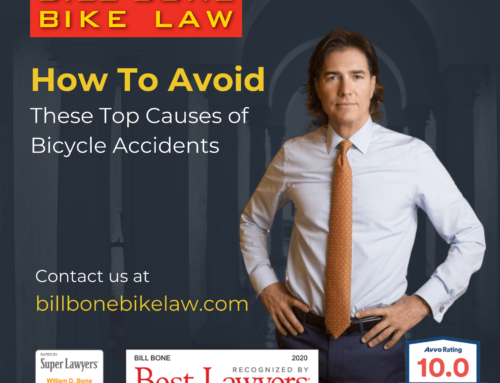

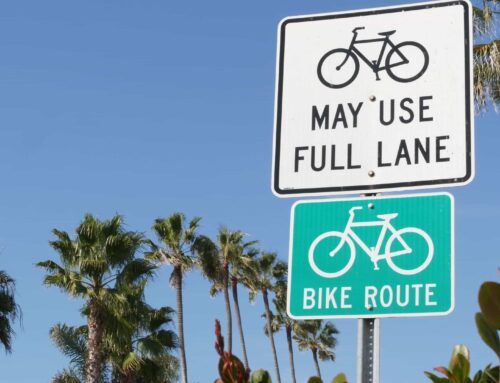
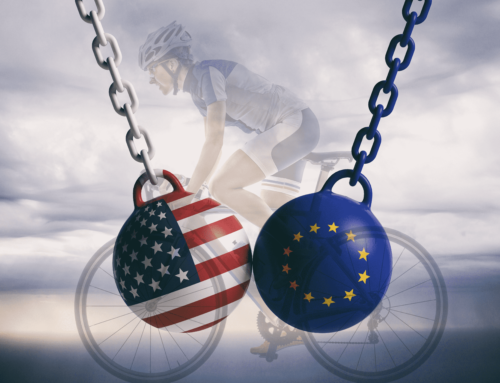
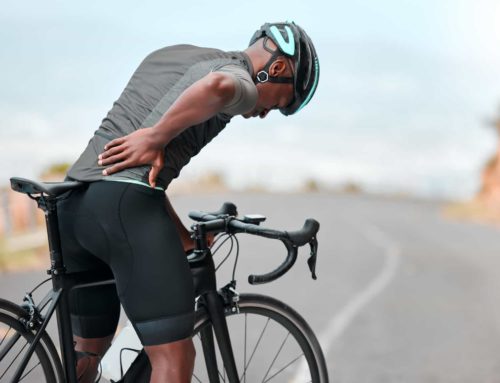
Leave A Comment